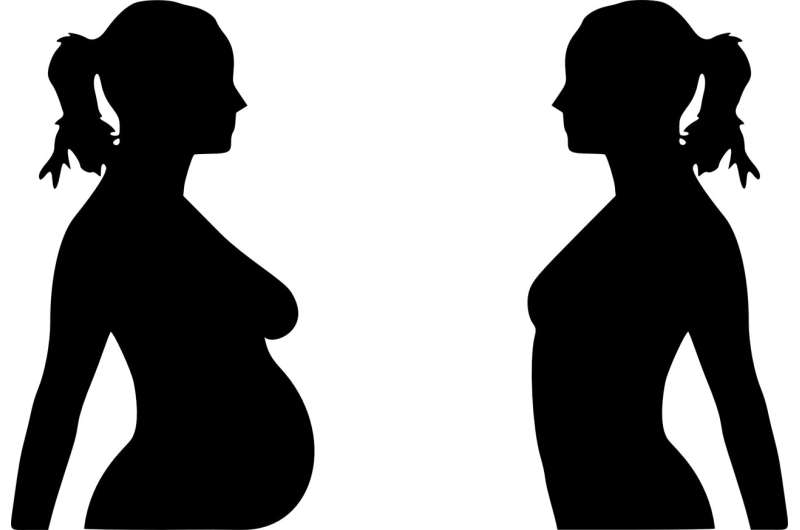Report details a decrease in teen pregnancy, birth and STI rates in Minnesota


This year’s annual report from the University of Minnesota Medical School’s Healthy Youth Development—Prevention Research Center (HYD-PRC) highlights that pregnancy, birth and sexually transmitted infections (STI) rates have decreased among Minnesota youth.
The 2022 Minnesota Adolescent Sexual Health Report notes that chlamydia and gonorrhea rates decreased among Minnesota adolescents between 2020 to 2021. Minnesota pregnancy and birth rates continue to be at historic lows for 15- to 19-year-olds, with birth rates decreasing across every racial and ethnic group in Minnesota.
“Although chlamydia and gonorrhea rates decreased in 2021, STIs among youth continue to be a public health crisis. Chlamydia is up 54% since 2004, while gonorrhea has increased by 82% in that same time period,” said Jill Farris, MPH, director of Adolescent Sexual Health Training and Education for the HYD-PRC at the U of M Medical School.
The report details that disparities in sexual health outcomes—by geography, race and ethnicity—continue to persist. Rural areas in Minnesota continue to experience the highest teen birth rates in the state. Birth rates for American Indian, Black, Hispanic, and Asian/Pacific Islander youth are higher than for white youth. Additionally, birth rates for American Indian, Asian/Pacific Islander, and Hispanic youth are higher than national figures.
“It is clear from these data that young people need and deserve access to high quality sexual health information. Our report details an in-press study by University researchers, which found that an overwhelming majority of parents—from various communities, income and education levels, ethnicities, and religious beliefs—want broad, developmentally appropriate, and medically accurate sexuality education in schools,” said Farris.
Over 90% of Minnesota parents surveyed want public school teachers to teach abstinence and science-based, comprehensive sexuality education, with 96% of parents wanting the information young people receive to be medically accurate. An overwhelming majority of parents agree that students should be encouraged to talk to a parent or guardian about sex and sexuality.
Comprehensive sexuality education in schools includes information about puberty, reproductive anatomy, healthy relationships, and sexual abuse prevention. Most parents agree their children should start learning the basics in elementary school.
“Sexuality education helps young people become healthy adults,” said Farris. “Research shows that high quality sexual health education correlates to better academic performance, development of healthy relationships, delayed initiation of sexual activity, prevention of child sexual abuse, and increased media literacy. Our children deserve sexual health education that gives them the space to learn, question, and clarify their values.”
Farris notes that there are several ways to start a conversation for parents and guardians. These include:
- Being a trusted adult in their child’s life;
- Talk with other parents at the child’s school; and
- Contact elected officials to advocate for adopting clear, medically accurate standards for sexual health education.
Source: Read Full Article